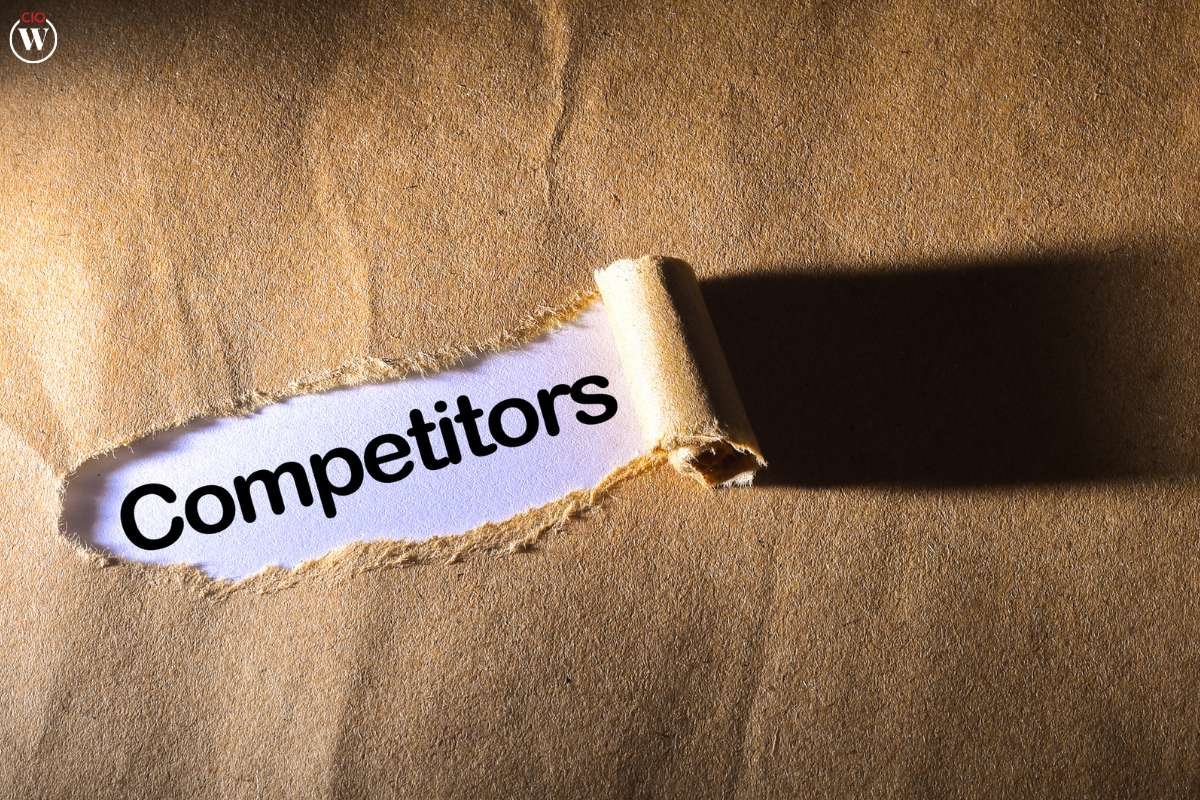Sales Forecasting means predicting the organization’s sales revenue for a specific period of time. It is a rough plan to achieve the said targets to our maximum ability. Sales forecasting is predicted by formulating your sales plans and keeping adequate budgets assigned. It is making use of the existing information, and conditions to come up with future sales figures.
Sales forecasting is a daunting task. Most of the time coming up with strategies and predictions is based on past records, performance, and what the competitors are doing. By sales forecasting, you can plan your workforce flow better and assign tasks as per the planned activity. The recent trends going on in the economy as a whole are also an important thing to consider. New entrants, in the case of sales forecasting, will have to perform market research, set competitive benchmarks, and a normal start for the sales figures.
Forecasting methods to predict Future Sales
Sales forecasting is divided into qualitative and quantitative methods.

These methods are used for extracting data and analyzing the trends in the market, getting insights into the likes and dislikes of buyers, and getting to know the buying patterns in the market. Sales forecasting can never be done without relying on past results.
Some qualitative methods include;
1. Sales force composite method
For sales forecasting, the salespeople are the most in contact with the prospects. They have directly interacted with the customers. So, they know what are the trends in demand. They are also made to interact with the distribution channels as they are well-informed about the needs and wants of the customer. The submitted responses by each person are then accommodated to make a detailed study and formulate the sales figures for the future.
2. Surveying buyer’s expectations
The buying intent and market tests are well-examined in this method of sales forecasting. In this, the survey of the buyer intent is deeply looked upon and information is gathered on their possibility to purchase the product. A sample is distributed to sample buyers and based on that information feedback is requested. Some companies also appoint panels of consumers who use the product and give them their feedback.
3. Delphi method

In this sales forecasting method, the predictions of the time period that would be required for a particular future event to occur are analyzed. An expert and a Delphi co-ordinator is appointed to select the right findings. The exprts give theor opinions in writing and submit it to the co-ordinator. He then sends them to the panel members for revision. The panel members will do a statistical analysis of the submitted responses and will draw conclusions.
Some quantitative methods;
1. Test Marketing
In sales forecasting, this is one of the common methods. It is done to analyze whether people are accepting the product or not. The results from the testing method, are extracted to make predictions about future sales. To conduct this, organizations select a few cities which fit into their target market. The Target group includes age, gender, buying pattern, behavior and lifestyle, and income too. The products are kept available at retail outlets and studied how many people actually pick up the product for purchasing reasons.
2. Time series
This basically works on the past performance of the sales figures. In time series, the past relevant data is scrutinized. The data is collected, recorded, and observed at some periods of time. This uses systematic raw data which are in chronological order. In this, the firm’s decisions and the competitor’s actions do not count. Future trends are not similar to the future trends. It is said there are some disadvantages of this method, but the anytime the past sales information is always useful.
How to prepare for future sales?
1. Do your research
To prepare for future sales, be ready with the research work. Write down the conclusions you’ve drawn from them and stick to them. Study your competitor’s sales strategies, target market and the locations they’ve targeted. Formulate the strategies keeping in mind the new trends too, and find your aim accordingly.
2. Track competitors
This is the most important thing. You should know your competitor’s move. Or at least you should be in anticipation of what they’re planning to do. Conduct brainstorming sessions in the organization and mention some new ideas for making a new sales strategy.

3. Keep the stock ready
After the research and promotion are done, make sure the availability of the product is enough. An adequate amount of stock must be available with you to not let down the customers. By promoting the product, you’re creating an awareness about your product. Due to that, people will come to purchase it out of curiosity. Make sure it is well-stocked in adequate numbers.
4. Watch out for festivals approaching
Keep a watch on the date calendar. People are excited to purchase things during festivals. Luxury items come mostly into this category. As they are expensive, they are bought during special occasions in anticipation of fetching offers and discounts. The environment is very revenue friendly when festivals are approaching. The sales figures hike up hugely.
5. Distribute free samples
To spread awareness, you can distribute free samples of your actual product in a crowded place. Select a place where a fair amount of footfall exists. When people notice the product being good, they’ll recommend the same to others as well. Mouth publicity still has its charm and will never fade away.
Conclusion:
Sales forecasting is an important step in the planning process. The company needs to plan and spend a bit on the method chosen. The theories mentioned are rational rather than empirical understandings. Firms spend huge amounts on the research and development area. Data is the most important factor as based on that data itself the conclusions of the future are derived. So, forecasting can be said as one of the most important aspects when it comes to sales.









